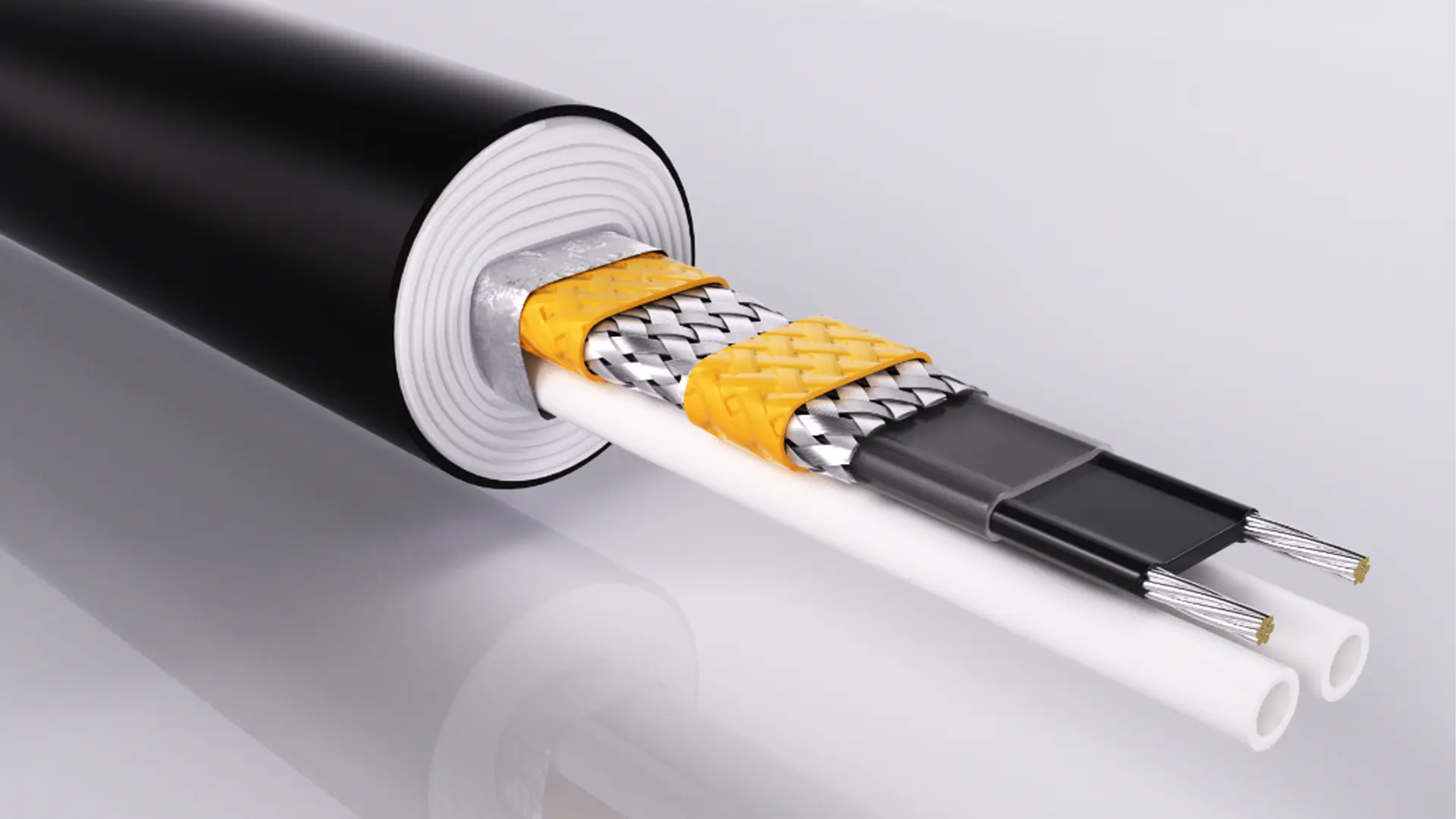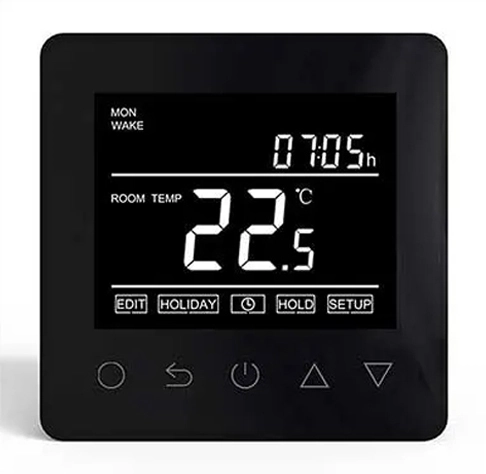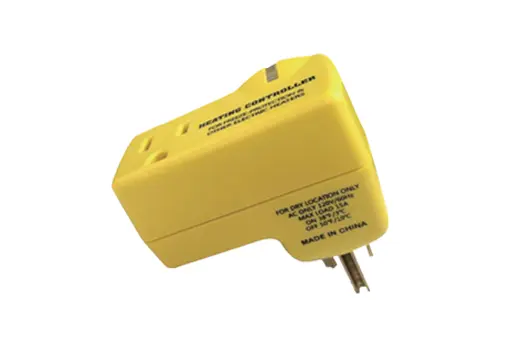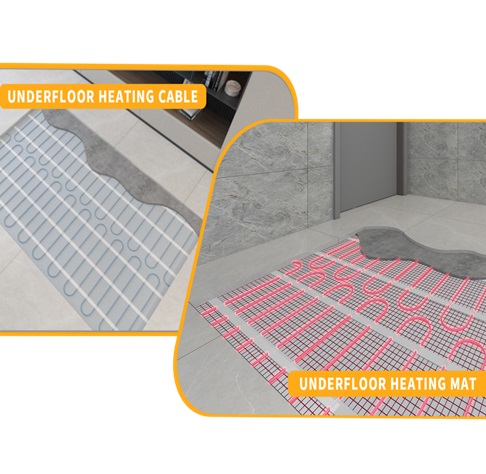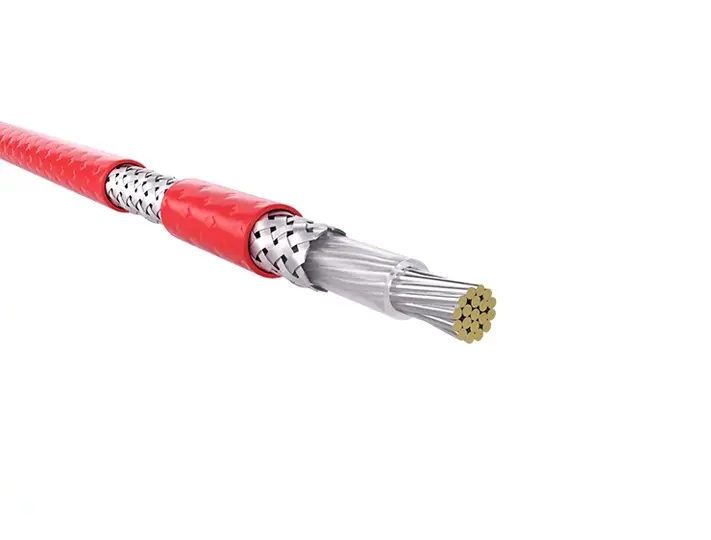Introduction
Heat tapes, also known as heating cables, are essential for preventing frozen pipes, melting ice on roofs, and maintaining temperature in industrial processes. A common concern among users is their electricity consumption, particularly for constant wattage heat cables, which operate at a fixed power output. This article analyzes the energy usage of heat tapes, compares constant wattage and self-regulating types, and provides strategies to optimize efficiency.
1. How Heat Tapes Consume Electricity
1.1 Constant Wattage Heat Cables: Fixed Power Draw
Constant wattage heat cables deliver a consistent wattage per foot (e.g., 5–50 W/ft) regardless of ambient temperature. Their energy consumption depends on three factors:
Length: A 100-foot cable rated at 8 W/ft consumes 800 W/hour.
Operating Time: If running 24/7, daily usage is 19.2 kWh (800 W × 24 hours).
Local Electricity Rates: At0.15/kWh, dailycostsreach2.88, totaling ~$86/month
This linear design ensures reliable heating but lacks adaptability, leading to higher energy waste in mild conditions.
1.2 Self-Regulating Heat Cables: Adaptive Energy Use
Self-regulating cables adjust power output based on temperature. For example, they may draw 10 W/ft at 0°C but reduce to 3 W/ft at 15°C. This dynamic response can cut energy use by 30–60% compared to constant wattage cables.
2. Electricity Consumption Comparison
Factor | Constant Wattage | Self-Regulating |
Power Output | Fixed per foot (e.g., 8–50 W) | Adjusts with temperature (3–50 W) |
Energy Efficiency | Lower (no adaptation to ambient needs) | Higher (reduces output in warm conditions) |
Monthly Cost (Example) | 86–86–240 (100–300 ft systems) | 30–30–120 (depending on climate) |
Overheating Risk | High (requires thermostats) | Low (self-regulating polymer matrix) |
3. Key Factors Influencing Energy Use
3.1 Installation Design
Overlapping: Constant wattage cables cannot overlap without risking overheating, while self-regulating types are overlap-safe.
Thermostats: Adding thermostats to constant wattage systems can save 20–40% energy by limiting runtime.
3.2 Environmental Conditions
Cold climates increase runtime for both types, but constant wattage cables lack efficiency adjustments. For instance, a roof de-icing system in Minnesota may consume twice as much energy as one in Virginia.
3.3 Insulation Quality
Proper insulation reduces heat loss, allowing cables to cycle on/off less frequently. Uninsulated pipes can increase energy use by up to 50%.
4. Strategies to Reduce Electricity Costs
4.1 Optimize Cable Type Selection
Use constant wattage heat cables only where stable, high heat output is critical (e.g., industrial process lines).
For residential applications (gutters, pipes), prioritize self-regulating cables to minimize idle energy drain.
4.2 Integrate Smart Controls
4.3 Regular Maintenance
5. Case Study: Annual Costs for Different Scenarios
Application | Cable Type | System Size | Annual Cost |
Residential Pipe Heating | Constant Wattage | 50 ft | 200–200–400 |
| Self-Regulating | 50 ft | 80–80–200 |
Industrial Roof De-Icing | Constant Wattage | 200 ft | 800–800–1,200 |
| Self-Regulating | 200 ft | 300–300–600 |
Source: Estimated based on average U.S. electricity rates.
Conclusion
Constant wattage heat cables consume significant electricity due to their fixed-power operation, making them costlier than self-regulating alternatives in most scenarios. However, their reliability in high-demand environments justifies their use in specific industrial applications. To minimize energy costs, users should prioritize self-regulating cables for residential needs, integrate smart controls, and ensure proper insulation. By aligning cable type with application requirements, energy consumption can be optimized without compromising performance.


